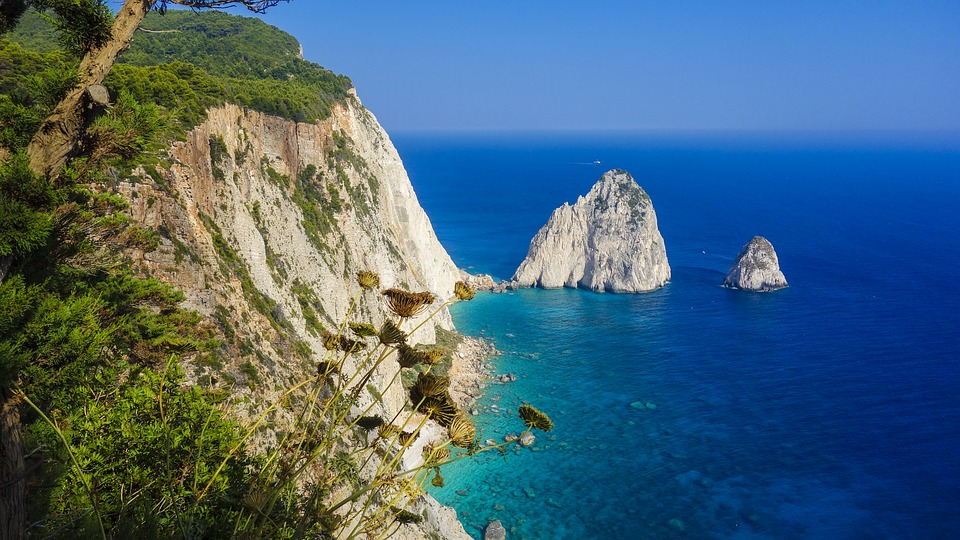20 Reasons You Need To Stop Stressing About Things To Do In Crete
The stunning city of Chania is the Second largest city of Crete, after Heraklion, with more than 60,000 residents. The good news is it did not follow the exact same fate as the other cities of Crete, e.g. Heraklion, where the terrific Venetian and Ottoman monuments were damaged for the sake of financial development and "modernization". Rather, the Old Town and the Venetian Harbour have remained nearly undamaged, offering the city an unique Venetian character, special in the Mediterranean. Therefore, the visitors of Chania are generated by the charm of the stunning narrow streets, the enforcing lighthouse at the entrance of the little harbor and all the fantastic monoliths that consist of the transcendent magic of Chania.
Chania is thought to be developed on the site of the Minoan Kydonia, as revealed by the excavations in Kastelli hill. Chania established substantially in the Byzantine age, when it was fortified. Later, the Venetians turned the city into a terrific castle with strong walls, for which you can read here. After the Sultan Abdul Mezit visited Crete in 1850 and selected to develop a marine base in the gulf of Souda, the capital of Crete was moved from Heraklion to Chania (till 1971). After the flexibility of Crete from the Turks in 1898 and during the Cretan State autonomy, excellent structures were integrated in the city and the residential area of Halepa. The splendor of Chania reached its peak throughout the hoisting of the Greek flag in the fortress of Firkas in 1913, marking the last Union of Crete with Greece, after centuries of slavery. Chania played likewise an essential function in the result of the resist the Germans in The Second World War, as the close-by airport of Maleme was the epicenter of the remarkable Fight of Crete. Chania was the last European city to be freed from the Germans in April 1945.
From Chania came Eleftherios Venizelos, the best political leader of Greece, just like its reliable policy as prime minister of Greece he handled to triple the territories of Greece in the early 20th century. The tombs of the Venizelos family are set in a magical website east of Chania, with breathtaking views of the city.
Some locations of Chania are the old town, the Venetian harbour with the old lighthouse, the mosque of Kucuk Hasan, the pedestrian roadway of Kum Kapi, the shipyards, the excellent Toolbox which houses the Center for Mediterranean Architecture, the central market, the hill of Kastelli with the old Palace and the Minoan settlement, the attractive district of the Ottomans called Splantzia, the church of St. Rocco, the cathedral of Chania, the archaeological museum, the beachfront of Nea Chora district, the Maritime Museum of Crete in Fort Firkas, the Prefecture and the Courts, the graves of Venizelos household, your home of Venizelos in Halepa, the Allies' Cemetery in Souda, the Historical Archive of Crete, etc
. Venizelos Graves
The tombs of Venizelos lie in a very historical location of Chania, beside the Venetian church of Prophet Elias at position Froudia with breathtaking views to Chania. The temple was initially dedicated to the Prophet Elisha, while in the 16th century the nave of the Prophet Elijah was added.
Historical Museum of Chania (St Francis).

The crete beaches Historical Museum of Chania lies beside the Venetian harbor and is housed in the church of the old Venetian abbey of Agios Fragiskos (St Francis) of the Franciscans. The exhibition is divided into 2 substantial areas. The eastern area hosts findings from the Neolithic till the Late Minoan period.
Gouverneto abbey.
Gouverneto or Gderneto Abbey is located 19km east of Chania, on the north side of the Cape Akrotiri of Chania, near the monastery of Agia Triada Tzagarolon. It can be accessed through the Agia Triada, where there is an indication leading to the Gouverneto.
Therisso Canyon.
The Canyon of Therisso (called likewise Eleftherios Venizelos) lies near the city of Chania. You can go there by vehicle. The primary gorge is 6 kilometers long. The vertical cliffs are outstanding and the lavish plants has definitely nothing to envy of the other Chania Gorges. The place is worthy of a see, even with a vehicle, cobined with a go to https://agreekadventure.com/beautiful-chania-crete/ in the historic stunning town of Therisso.
Monastery of Agia Triada Tzagaroli.
The abbey of Agia Triada of Tzagarolon is among the wealthiest and most lovely monasteries in Crete. It is constructed chania near the airport of Chania, in the position Tzobomylos of the Cape Melecha and at the foothills of Stavros Mount. The range from Chania is just 15km.
Souda Bay War Cemetery.
At Vlites position, by Souda port, in a wonderfully landscaped landscapes, there is the Souda Bay War Cemetery, where events occur every year in memory of the victims of the 2nd World War. Throughout the year, many visitors, mostly Australians and New Zealanders, go to this place.
Maritime museum of Crete.
At the entrance of the port of Chania is positioned the Venetian Fortress Firkas, where on December 1st 1913, the Greek flag has in fact been hoisted, sealing the union of Crete with the motherland Greece.
Ancient Kydonia.
The Minoan Kydonia was constructed at the present location of the old town of Chania. Kydonia was the 3rd biggest town of Minoan Crete. Here developed a growing craft market and the town succeeded through sea trade, which was favored by its position. Indeed, the ancient authors go over Kydonia as the mom of the Cretan towns.